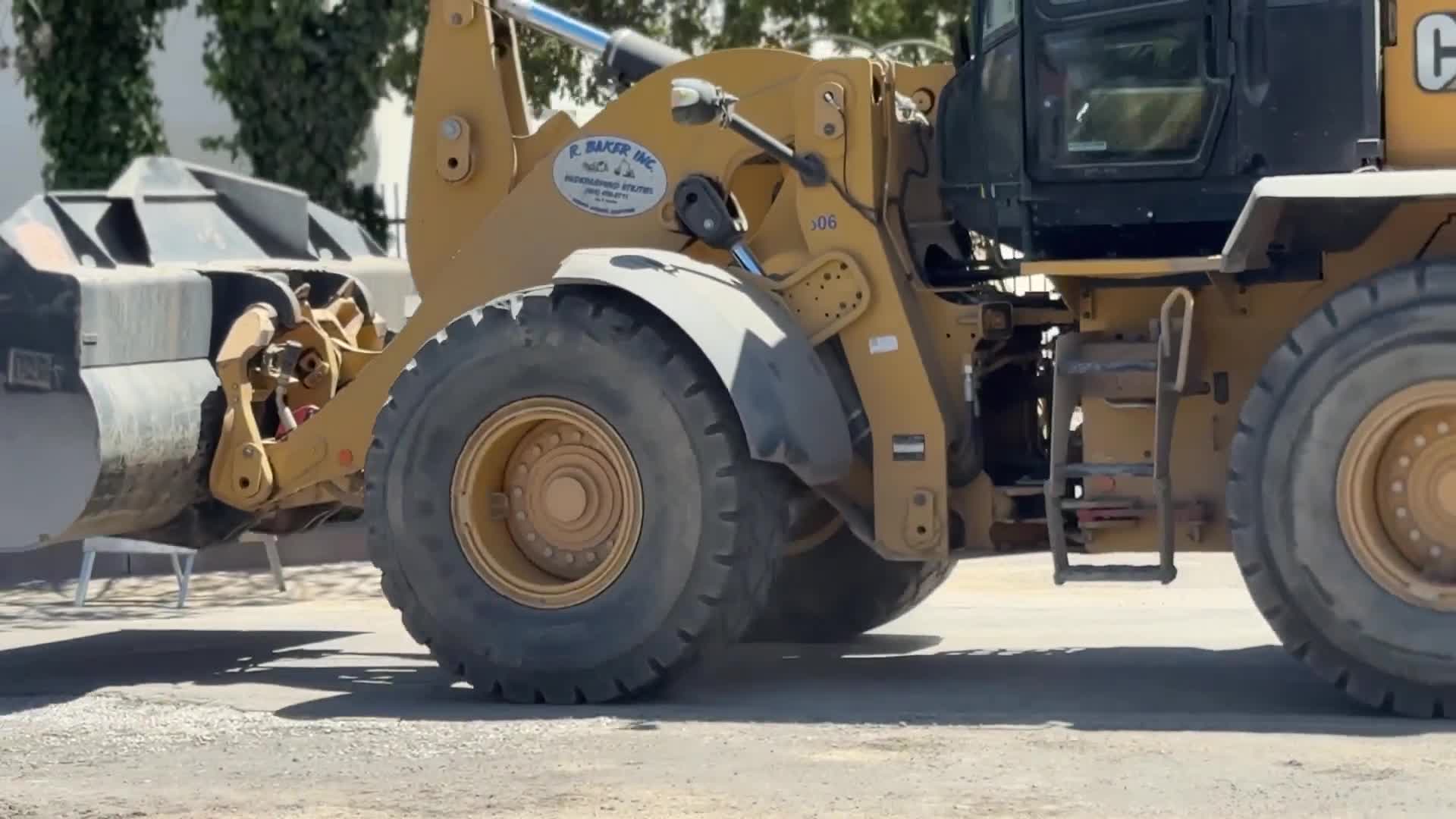A proposal to raise development impact fees in the City of Santa Maria is drawing attention from longtime residents and city officials alike.
The proposed fee adjustment, which remains in draft form, could more than double the cost for developers building new homes and businesses in the city.
“The City of Santa Maria has long had impact fees,” said Public Works Director Brett Fulgoni. “Assembly Bill 1600, with the state of California, authorized those fees a number of years ago, and the city uses those fees to develop infrastructure and fund different projects throughout the city.”
Fulgoni explained that the fee proposal stems from a full review of the city’s existing impact fee structure through a process known as a nexus study.
“A couple of years ago, City Council authorized some money for us to fund a consultant to come in and look at our program to make sure that we were doing the right thing,” he said. “Over time, projects change. The city builds out, it needs different things like sewers, different water lines, different drainage systems.”
The goal of the fees, he said, is to ensure that public infrastructure keeps pace with Santa Maria’s projected growth, which is expected to reach a population increase of up to 30,000 people by 2040.
“We try to come up with a fee that allows for us to grow as the same as growth does, so that those amenities are there and that the infrastructure is there when the people arrive,” Fulgoni said.
The city’s housing element, developed by the planning department, estimates how many homes will be built based on current zoning. Combined with population estimates from the California Department of Finance, the city then projects infrastructure needs.
Under the current fee structure, developers pay about $24,000 per new home. The proposed update could raise that to approximately $60,000 for a typical 2,000-square-foot home.
“It’s still in draft. The initial estimates for about a 2,000-square-foot home are about $60,000, depending,” Fulgoni said. “We’re looking at the numbers right now to see how we might be able to get that down and to make sure that it’s applied appropriately.”
Some community members have raised concerns that the added fees could ultimately drive up housing costs or slow development.
“Well, impact fees on developers is going to raise the cost of the construction, making it harder to buy a house,” said Michael Southern, a Santa Maria resident for 40 years. “Plus, just living, you’ve got your sewer fees, electrical fees. You got all kinds of fees just to live in the town.”
Southern added that rising fees at all levels of government are putting pressure on working families.
“The cost of living in general has skyrocketed, and now the city, it just adds to the burden,” he said. “It’s easy to tax people, but people, that’s hard to go out and find a job.”
Fulgoni emphasized that the impact fees would not apply to current homeowners.
“This applies to new development. So, the existing homes and the existing infrastructure that we currently have, they’re not going to pay this fee,” he said. “The residents that come into Santa Maria will be paying that fee.”
Benjamin Reed, a resident who bought his first home in the city in 2016, said he had not heard about the proposal until the day of this interview. While he said he wants to learn more before forming a firm opinion, he voiced support for transparency.
“Maybe it’s good to get a little money off people trying to come into our community and profit off of it,” Reed said. “But at the same time, we got to be careful not to stifle development. We do want people to come in here and invest in our town.”
Reed, who also holds a real estate license, suggested the city improve its communication efforts.
“It would be cool if there was like, something you could subscribe to get text messages about your town, that the city would release,” he said. “That would just basically let you know on important proposals, propositions and things that are going on.”
The fees, if implemented, would help fund essential infrastructure projects such as water lines, fire stations, sewer upgrades and traffic lights, according to Fulgoni.
“We need to build a fire station. We need to expand the fire station. We need to buy apparatus for them. We need to build out our sewer system,” he said. “There’s roadways that need traffic lights, and this is the program that funds that type of work.”
Fulgoni said the city has already heard from concerned builders.
“They’re certainly concerned about the economics of it, every cost that they incur makes it less likely that they will build something or drives up the cost of that home,” he said. “We need to provide public services and a fire truck costs the same in Santa Maria as it does anywhere.”
The city held an initial public meeting on the proposal and plans to host another on Aug. 20 at 10 a.m. in Shepard Hall at the Santa Maria Public Library.
“We’ve had a couple of meetings in between with various parties. We’re going to study these ideas that were brought up,” Fulgoni said. “We plan to update everybody on what those studies are looking like.”
No final decision has been made, and Fulgoni said additional public input will help shape the outcome.
“We have not decided anything. We’re still in draft form. Our goal here is to build out structure so that we can maintain a great quality of life in Santa Maria for all of our current residents and our new residents,” he said.
The city council is expected to review the final proposal sometime in late fall or early winter.





